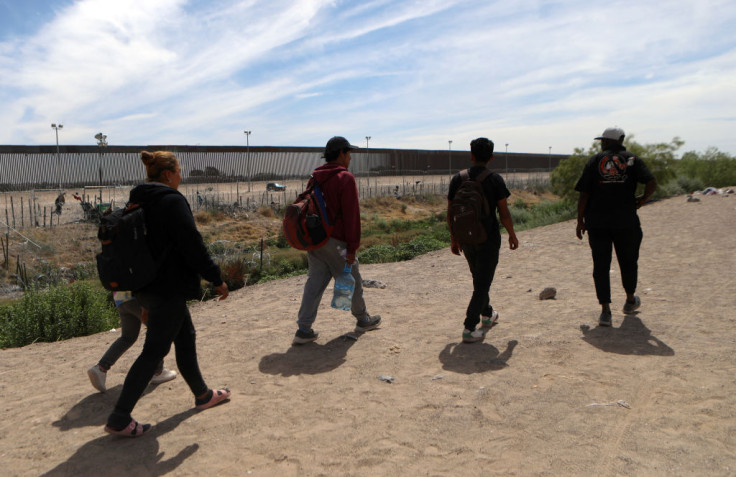
Upon returning to office, President Donald Trump declared a state of emergency at the southern border, deploying thousands of troops to prevent migrants from entering the country unlawfully through Mexico.
Last month, U.S. Customs and Border Protection (CBP) recorded the lowest number of illegal border crossings in recent history, with 24,628 encounters nationwide. Along the southern border, CBP reported just 7,832 encounters and a record low of only 4,601 apprehensions.
With far fewer migrants attempting to reach the United States, criminal organizations operating along the U.S.-Mexico border have seen a sharp decline in revenue. In addition to drug trafficking, these groups generate millions of dollars annually through the smuggling, extortion and kidnapping of migrants, between others.
Facing significant financial losses, many of these groups are now shifting tactics. According to a report by InSight Crime, cartels have started allowing lower-ranking members to make up for lost income by committing those same crimes, now against local residents.
Gilberto Loya, security secretary for the state of Chihuahua, told InSight Crime that authorities estimate criminal organizations generated around $100 million a month, more than what they earned from drug trafficking, between 2022 and 2024 when record number of migrants arrived at the border.
During the first half of 2025, Ciudad Juárez recorded 36 kidnappings, the highest number in a decade, according to data from Mexico's Citizen Observatory of the Competitiveness and Citizen Security Trust. InSight Crime notes a clear shift in the profile of victims, with locals increasingly targeted, including business owners, factory managers, merchants, drivers and tourists.
In one case cited by InSight Crime, the arrest of a 17-year-old girl in May stirred alarm in the Juárez community. During a rescue operation, police apprehended four suspects, ages 17 to 20, who had formed a kidnapping ring. The group reportedly tortured victims, mutilated their bodies and sent videos to their families to extort ransom payments.
According to authorities, many of the suspects involved in recent kidnappings have been young and often extremely violent. Loya said these small groups do not appear to be taking orders from major cartels and are less organized than traditional criminal cells.
"We are catching the perpetrators very quickly. These gangs are not lasting long," he told InSight Crime.
From January to June, local media reported that at least 51 individuals had been arrested for kidnapping in Ciudad Juárez. In at least four cases reviewed by InSight Crime, the victims escaped and alerted authorities, leading to arrests.
Although some groups demanded ransoms in the millions of pesos, the actual payments received were often modest — between $1,000 and $2,600 — and had to be split among members of the cell, Loya said. In comparison, during peak periods of migrant smuggling, kidnappers could demand up to $10,000 per person.
Although the flow of migrants has decreased, Mexican officials say migrant smuggling has not stopped — instead, groups are operating more quietly.
"They used to advertise their services on social media. Now they keep a very low profile," one official told InSight Crime.
That shift in discretion, they added, may reflect a more organized and costly operation. In some recent cases, migrants have reportedly been offered package deals that include flights from other continents to Mexico and guidance through remote, less-patrolled areas of the border.
Security officials agree that smuggling networks have evolved. According to Loya, what was once a chaotic market with many players has now narrowed, leaving control in fewer hands
© 2025 Latin Times. All rights reserved. Do not reproduce without permission.







